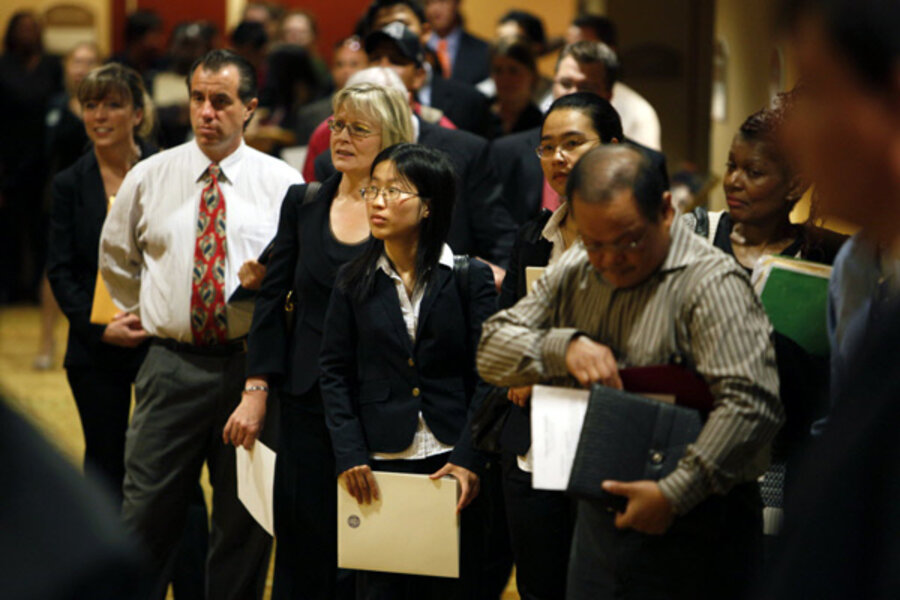Unemployment benefits claims fall, manufacturing stumbles
Loading...
| WASHINGTON
Other data on Thursday also implied the slowdown in manufacturing extended into July, but analysts said there was no evidence the economy was sliding back into recession.
"The numbers are consistent with a slowdown in the rate of growth in the U.S. and the global economy, but not a double dip," said Nigel Gault, chief U.S. economist at IHS Global Insight in Lexington, Massachusetts. "The evidence is not saying we have lapsed; the factory indicators are still pointing to growth."
Initial claims for state unemployment benefits dropped 29,000 to 429,000 last week as seasonal layoffs at factories eased, the Labor Department said. That was well below market expectations for a fall to 450,000.
In a second report, the department said producer prices fell 0.5 percent last month as gasoline prices fell and food costs recorded their largest decline since April 2002.
Stripping out food and energy costs, prices edged up 0.1 percent, after increasing 0.2 percent in May.
The relatively good news on employment was overshadowed by a Federal Reserve report showing industrial production rose 0.1 percent last month, braking sharply from May's 1.3 percent advance. Manufacturing output declined 0.4 percent, snapping a three-month streak of gains.
That weakness probably persisted this month, with measures of factory activity in New York state and the mid-Atlantic region slowing sharply from June.
U.S. stocks fell on the manufacturing data, while a government bond rally pushed the yield on the two-year Treasury note to an all-time low. The dollar fell broadly on Thursday, with the greenback down 1 percent against a basket of major currencies.
WEAK DATA
Economic data ranging from retail sales to home sales have weakened in recent months, prompting the Fed to trim its 2010 growth forecast at its last policy-setting meeting in June. Many private economists have cut estimates for both the second quarter and the full year.
"We are in this economic environment now where it's one step forward, one step back. We will skate along the bottom with slow growth for a long time," said Howard Simons, a strategist at Bianco Research in Chicago.
The weak labor market, characterized by a 9.5 percent unemployment rate, is holding back the economy's recovery from the most painful recession since the 1930s. Lack of income has caused consumer spending to turn sluggish in recent months.
New claims for jobless benefits normally rise this time of the year as manufacturers, including automakers, implement annual shut downs.
However, General Motors is keeping the majority of its plants open during the annual summer retooling shutdown to meet demand for some models.
A Labor Department official said layoffs that are normally scheduled for this time of the year did not appear to have materialized. Last week, the four-week moving average of new jobless claims, considered a better measure of underlying labor market trends, fell 11,750 to 455,250.
Analysts expect claims for jobless benefits to trend higher in coming weeks once the distortions from the seasonal factors wore off.
A combination of weak energy prices, high unemployment and ample spare industrial capacity are keeping inflation subdued.
Economists believe these factors, coupled with softening domestic demand, should lead the Fed to keep overnight interest rates near zero until the second half of next year.
Industrial capacity in use held steady at 74.1 percent, up sharply from a year earlier but still 6.5 percentage points below its average from 1972 to 2009, the Fed said.
RELATED:





